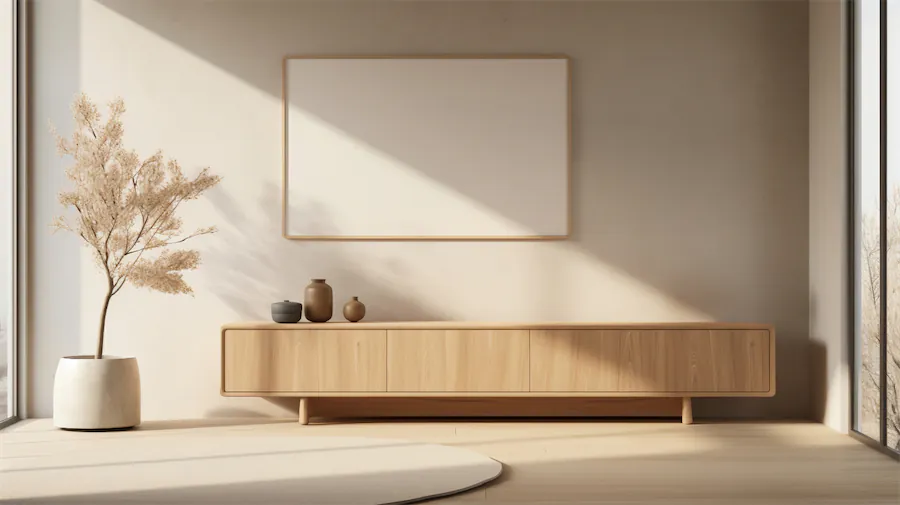A minimalist TV stand embodies simplicity and functionality, making it a popular choice for modern living spaces.
History and Origins of Minimalist TV Stands
The minimalist design movement emerged in the mid-20th century, emphasizing clean lines, uncluttered spaces, and functional aesthetics. This philosophy extended to furniture design, including TV stands, which evolved from bulky cabinets to sleek, unobtrusive pieces that complement contemporary interiors.
Key Features of Minimalist TV Stands
- Clean Lines and Simple Design: Minimalist TV stands feature straightforward designs without excessive ornamentation, focusing on geometric shapes and smooth surfaces.
- Functional Storage: Despite their simplicity, many minimalist TV stands incorporate practical storage solutions such as open shelving or discreet drawers to house media components and accessories.
- Quality Materials: Common materials include wood, metal, and glass, chosen for their durability and ability to convey a modern aesthetic.
Applications of Minimalist TV Stands
Minimalist TV stands are versatile and can enhance various interior styles:
- Modern Living Rooms: They provide a sleek focal point that complements contemporary decor.
- Small Spaces: Their uncluttered design helps make rooms appear larger and more open.
- Multi-Functional Areas: Some designs incorporate additional features like pooja units or study desks, catering to diverse needs.
Considerations When Choosing a Minimalist TV Stand
- Size and Compatibility: Ensure the stand accommodates your TV’s dimensions and fits appropriately within your room’s layout.
- Material and Quality: Select stands made from durable materials that align with your aesthetic preferences.
- Storage Needs: Consider the amount and type of storage required for your media devices and accessories.
- Cable Management: Opt for designs that offer solutions to keep cables organized and out of sight.
Conclusion
Minimalist TV stands blend form and function, offering a stylish solution for modern entertainment setups. By focusing on essential design elements and practical features, they contribute to an organized and aesthetically pleasing living environment.
